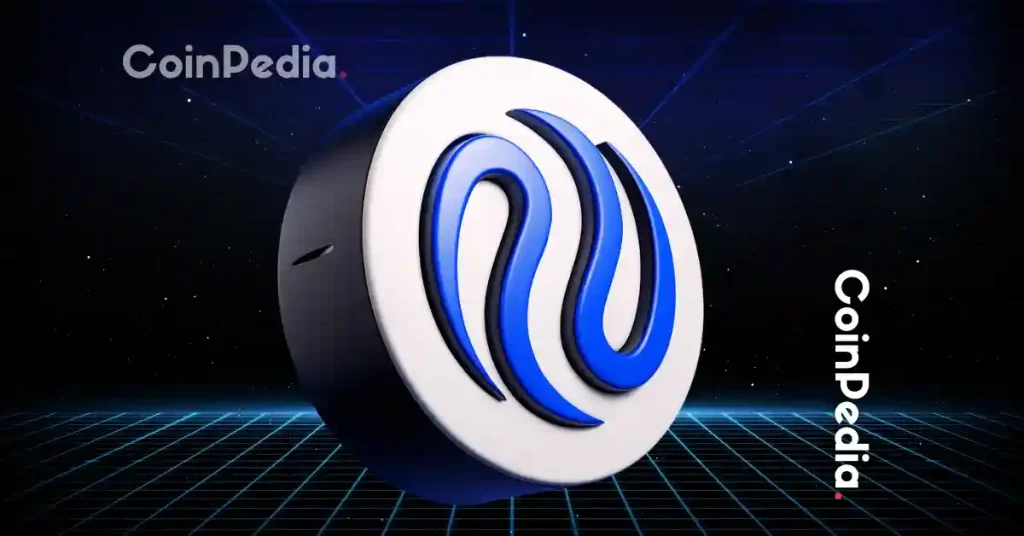The crypto market moves quickly, and traders who rely on guesswork often get left behind. As the industry becomes more data-driven, dashboards have become essential tools for anyone who wants to trade with clarity and confidence. These dashboards combine charts, analytics, wallets, alerts, and on-chain data into a single interface. Instead of jumping between exchanges, price trackers, and market scanners, traders can monitor everything from one well-organized screen.
A crypto dashboard does more than show market prices. It helps you understand portfolio performance, measure asset exposure, track volatility, and react to market changes with greater accuracy. As more investors seek more innovative ways to manage risk, these tools have become central to long-term trading success. With the right dashboard, you can turn confusing information into actionable insights and structure your strategy with discipline.
Why Crypto Dashboards Matter in 2025
The rise of multi-chain trading, AI-driven analytics, and rapid market cycles has increased the need for better visualization tools. A dashboard brings clarity to fast-moving markets by displaying everything that matters in a simple format. It becomes the command center of your entire crypto strategy. Traders can quickly identify trends, spot weak assets, and improve decision-making without wasting time on manual tracking.
Dashboards also help traders avoid emotional decisions. When your data is organized, it becomes easier to follow a plan rather than chase hype. By keeping both performance data and risk indicators visible, dashboards reinforce structure in environments where volatility can lead to impulsive choices.
Essential Features of an Effective Crypto Dashboard
A good dashboard is not defined by colorful charts. It is defined by utility. The most reliable tools share several features that elevate trading performance and reduce blind spots.
1. Real time portfolio tracking
A dashboard should show your balance, asset allocation, entry points, profit and loss, staking rewards, and unrealized gains. Multi-chain visibility is important for users who operate across networks like Ethereum, Solana, and BNB ($906.90) Chain.
2. Risk analysis tools
Metrics like volatility, drawdown, correlation, and market exposure reveal how vulnerable your portfolio is. These risk indicators help traders understand whether their current positions align with their tolerance level.
3. AI assisted insights
More dashboards now use AI to scan market data, detect news trends, and identify sentiment patterns. This gives traders faster warnings and helps them react before major moves develop.
4. Custom alerts and automated triggers
Price alerts, whale alerts, funding updates, or regulatory changes can be added to a dashboard. This keeps traders informed even when they are away from the charts.
5. Integration with exchanges and wallets
A dashboard must connect with the platforms you actually use. This allows automatic updates instead of manual entry, which reduces errors and saves time.
Top Crypto Dashboard Tools for Strategy and Risk Management
Several platforms combine performance tracking with risk insights. They differ by design philosophy, analytics depth, and automation features. The best choice depends on your trading style.
Messari
Messari offers professional-level dashboards that display token fundamentals, on-chain research, and market insights. It is ideal for traders who want deeper analysis before buying into a project.
CoinStats
This dashboard is popular for multi-chain and multi-exchange tracking. Users can monitor their entire portfolio in one place and set alerts across several assets.
Nansen
Nansen specializes in on-chain intelligence. Its dashboards show wallet behaviour, smart money movements, NFT ($0.00) market data, and chain flows. This helps traders follow trends and identify unusual activity.
Zapper
Zapper consolidates DeFi positions, liquidity pool holdings, farming rewards, and wallet balances into one clear interface. It helps DeFi users avoid losing track of scattered funds.
Dune
Dune dashboards offer community-driven analytics. Traders can explore custom charts created by analysts and visualize metrics that are not available on traditional tracking apps.
Read more: Best Crypto Portfolio Trackers for Multi-Chain Traders in 2025
Using Dashboards to Improve Risk Management
Tracking performance is only half of the strategy. Managing risk determines long-term survival in crypto. Dashboards allow users to identify dangerous trends early and adjust their exposure.
Traders can monitor asset concentration, compare sectors, and check whether their portfolio has drifted from the original plan. For example, a rising asset may come to dominate the portfolio, creating hidden risk. A dashboard shows this imbalance instantly.
Dashboards also help traders avoid panic. When the market drops, a quick view of your overall exposure provides clarity. Instead of reacting emotionally, you can compare current drawdowns with long-term patterns and avoid unnecessary selling.
How Dashboards Help Multi-Chain Traders Stay Organized
Multi-chain trading is now the norm. Funds are often spread across dozens of wallets and networks. Without proper dashboarding, tracking everything becomes overwhelming.
Dashboards simplify this by consolidating all wallets into a single unified screen. You can see holdings, rewards, gas usage, and chain behaviour without opening multiple platforms. This saves time and reduces mistakes.
Some dashboards even show trends across chains, including stablecoin flows or increased activity in specific ecosystems. This can help traders discover new opportunities and reposition early.
The Future of Crypto Dashboards
As AI tools become more popular, dashboards will continue to evolve. We can expect advanced sentiment tracking, predictive analytics, and real-time blockchain surveillance. Instead of simply monitoring data, dashboards will recommend actions and highlight emerging risks before they become problems.
Dashboards will also integrate with self-custodial solutions, enabling traders to manage assets securely while maintaining visibility. As regulations increase, dashboards may add compliance alerts or tax estimates to help traders stay ahead.
A well-structured dashboard is one of the most powerful tools in modern crypto trading. It enhances clarity, strengthens risk management, and streamlines decision-making. With markets becoming more complex, dashboards allow traders to remain organized and focused. Whether you are a beginner or an experienced investor, the right dashboard supports disciplined trading and long-term success.
FAQs
1. What is a crypto dashboard?
A crypto dashboard is a tool that organizes your portfolio, market data, and risk indicators into one screen for better decision-making.
2. Why are dashboards important for crypto traders?
They help you understand performance, manage risk, track news, and avoid emotional trading.
3. What features should a crypto dashboard include?
Real-time tracking, multi-chain support, risk metrics, alerts, AI insights, and exchange integration.
4. Can dashboards help reduce trading losses?
Yes. By providing visibility into risk and portfolio exposure, dashboards help traders make smarter decisions.
5. Which dashboards are best for multi-chain traders?
CoinStats, Zapper, Nansen, and Dune offer strong multi-chain tracking tools.
The post Best Crypto Dashboard Tools for Performance and Risk Tracking appeared first on FXcrypto News.




















 24h Most Popular
24h Most Popular








 Utilities
Utilities